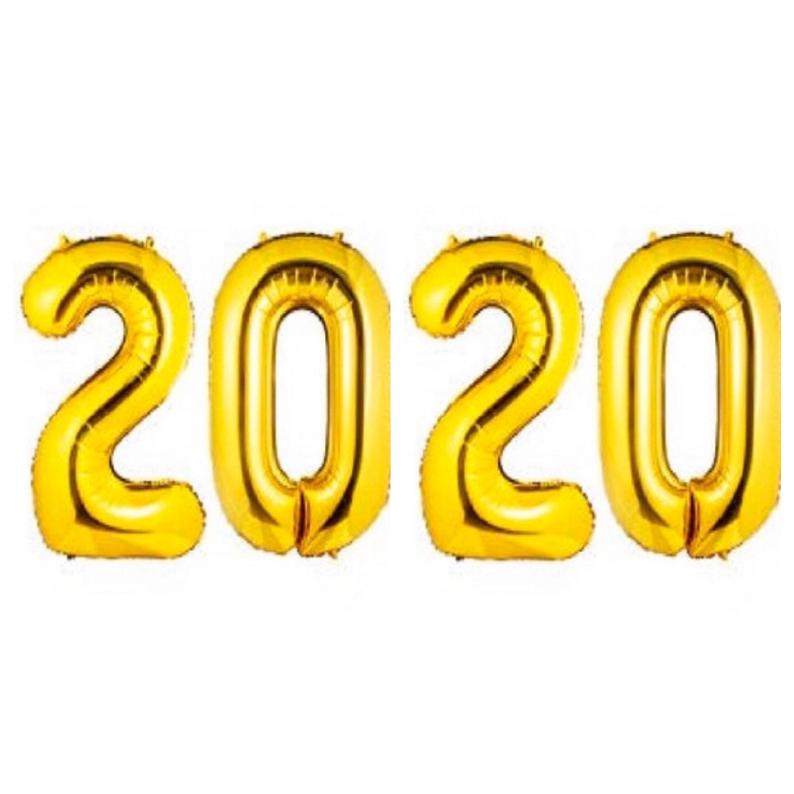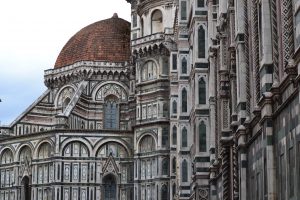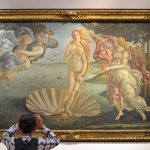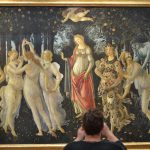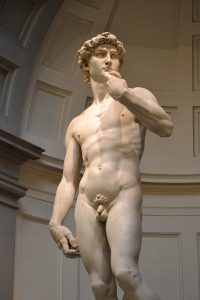Like all new years, 2020 started with a bang and joy and a sense of wellbeing as we collectively looked towards the future. Most years tend to disappoint somewhat, tend not to live up to our unrealistic expectations, but 2020 has gone well beyond the normal range of let down. I hesitate to reuse the overused word “unprecedented,” because it’s simply not true. Humanity has lived through similar periods of plague and come out the other side—albeit with greatly reduced population. Even before we clearly understood disease transmission or public health or had vaccines, we still muddled through, and I have no doubt that we’ll muddle through again this time.
Every day we’re saturated with numbers: the number of new transmissions, the number of cases in hospital; the number of deaths. But the numbers don’t accurately reflect the human cost to those who’ve succumbed to the disease or their families or their healthcare workers. (Check out Kathryn’s November 22 “How it started; How it’s going” pics to see the toll on nurses.) The power of this disease is that it’s underscored the seriousness of social issues that were already there, bubbling just below the surface of our communities.
For-profit long-term care homes have been exposed for what they are: profit-centres that prey on some of society’s most vulnerable, optimizing stock values by minimizing supplies and staff. And that staff is only part of the frontline we consistently undervalue and underpay. Grocery store and other food chain workers, janitors and garbage collectors, postal workers and couriers, and a plethora of others we consistently take for granted—the invisible workforce that keeps us all going. These are jobs often taken by those in our society who are already disenfranchised by lack of education or racial discrimination or grinding generational poverty. These are often labourers with the least financial resilience and highest vulnerability in the face of sudden catastrophic change, those most likely to find themselves on the street this winter. We’re all feeling it, but the load is not equitably shared.
Even for those of us fortunate enough to have adequate housing and food, the stress of the pandemic and lockdown are apparent. Lack of social interaction has a price; hopping on a Zoom call just isn’t the same as having a physical encounter. Not much wonder mental health concerns have skyrocketed and substance use/abuse is way up. The physical and mental threats are ever-present wolves at the door.
As a teacher, I’ve witnessed students struggling with illness or anxiety about diagnosis or family illness and loss. Although I’m working safely from home, I’m still aware of the psycho-emotional toll this situation brings. I look forward to the day we can meet in person—but I’m not in any hurry. I look forward to the new year, to 2021, and the hope a new year always brings, but I won’t be the first out the door.
Stay well. Stay safe. Looking forward to a bright new future—one that propels us forward through treacherous waters and out the other side with renewed relationships and advanced hope and a clearer sense of what’s important in our lives. Sending love and light to all.
© Catherine Jenkins 2020 all rights reserved

